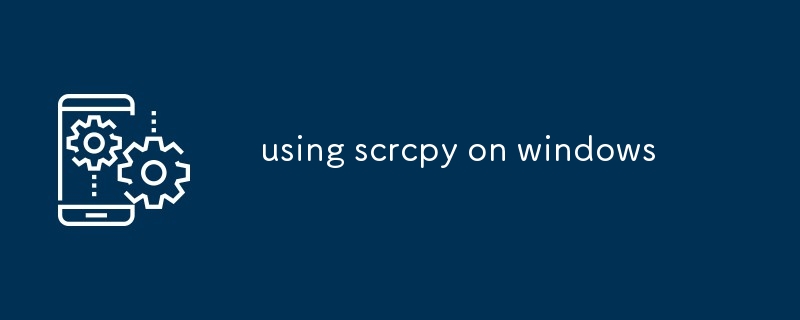
This article provides instructions on how to connect an Android device to Windows using scrcpy, a screencasting tool. It highlights scrcpy's advantages, such as low latency and no root requirement, and offers troubleshooting tips for common issues en

To connect an Android device to Windows using scrcpy, follow these steps:
Scrcpy offers several advantages over other screencasting tools for Windows, including:
If you are experiencing any issues when using scrcpy on Windows, try the following troubleshooting tips:
The above is the detailed content of using scrcpy on windows. For more information, please follow other related articles on the PHP Chinese website!
 ie shortcut cannot be deleted
ie shortcut cannot be deleted
 Mac shortcut key list
Mac shortcut key list
 How to modify folder 777 permissions
How to modify folder 777 permissions
 How to connect asp to access database
How to connect asp to access database
 How to read macro control data in javascript
How to read macro control data in javascript
 The difference between console cable and network cable
The difference between console cable and network cable
 How to represent negative numbers in binary
How to represent negative numbers in binary
 What does wifi deactivated mean?
What does wifi deactivated mean?




